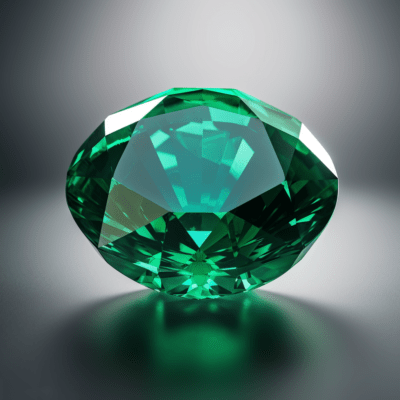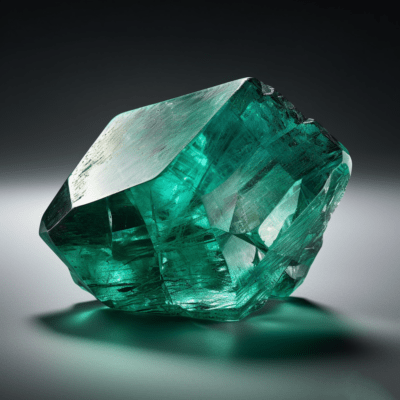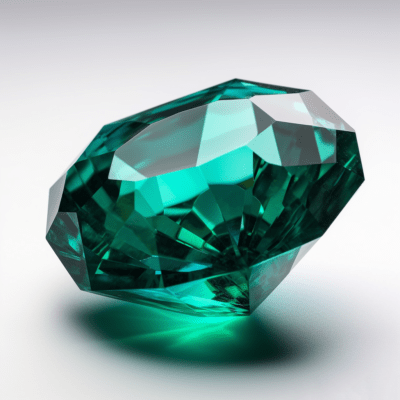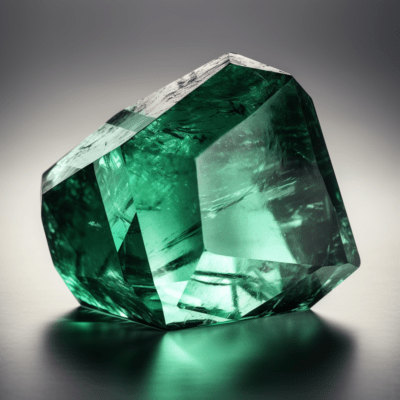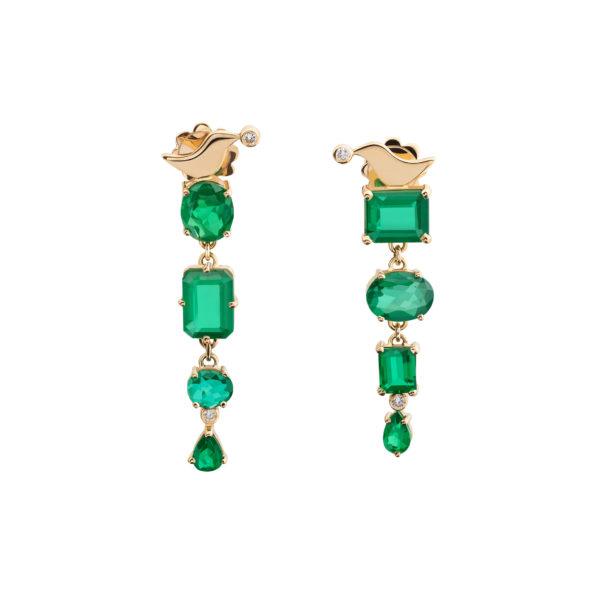La esmeralda es una piedra preciosa preciosa que ha sido venerada por su belleza y significado durante siglos. Es una variedad del mineral berilo, y su color verde proviene de la presencia de cromo y vanadio. En esta publicación de blog, exploraremos el significado, los usos y los beneficios de la esmeralda tanto en la antigüedad como en la actualidad.
HISTORIA DE LA ESMERALDA
Cómo las culturas antiguas usaban la esmeralda:
PROPIEDADES QUÍMICAS DE LA ESMERALDA:
The chemical formula of the emerald gemstone is Be3Al2(SiO3)6.
Emerald is a variety of the mineral beryl, which is colored green by trace amounts of chromium or sometimes vanadium.
Beryl has a hardness of 7.5-8 on the Mohs scale. Emeralds are highly included, so their toughness (resistance to breakage) is classified as generally poor.
Emerald is a cyclosilicate and has a hexagonal crystal system.
Its density is 2.67–2.78.
Emeralds have been prized and worn by royalty and celebrities throughout history. They have been used in jewellery, decorative objects, and even medicine. The ancient Greeks believed that emeralds could cure eye diseases, while the Romans thought they could soothe a person’s soul. Overall, emerald is a gemstone that has been highly valued for its beauty, significance, and spiritual properties for centuries.
SIGNIFICANCE OF emerald:
USOS DE LA eSmeraldA:
BENEficios de la esmeralda:
PAÍS CON MÁS ESMERALDAS:
CONCLUSIÓN SOBRE LAS ESMERALDAS:
JOYERÍA YURGA DE esmeralda:


